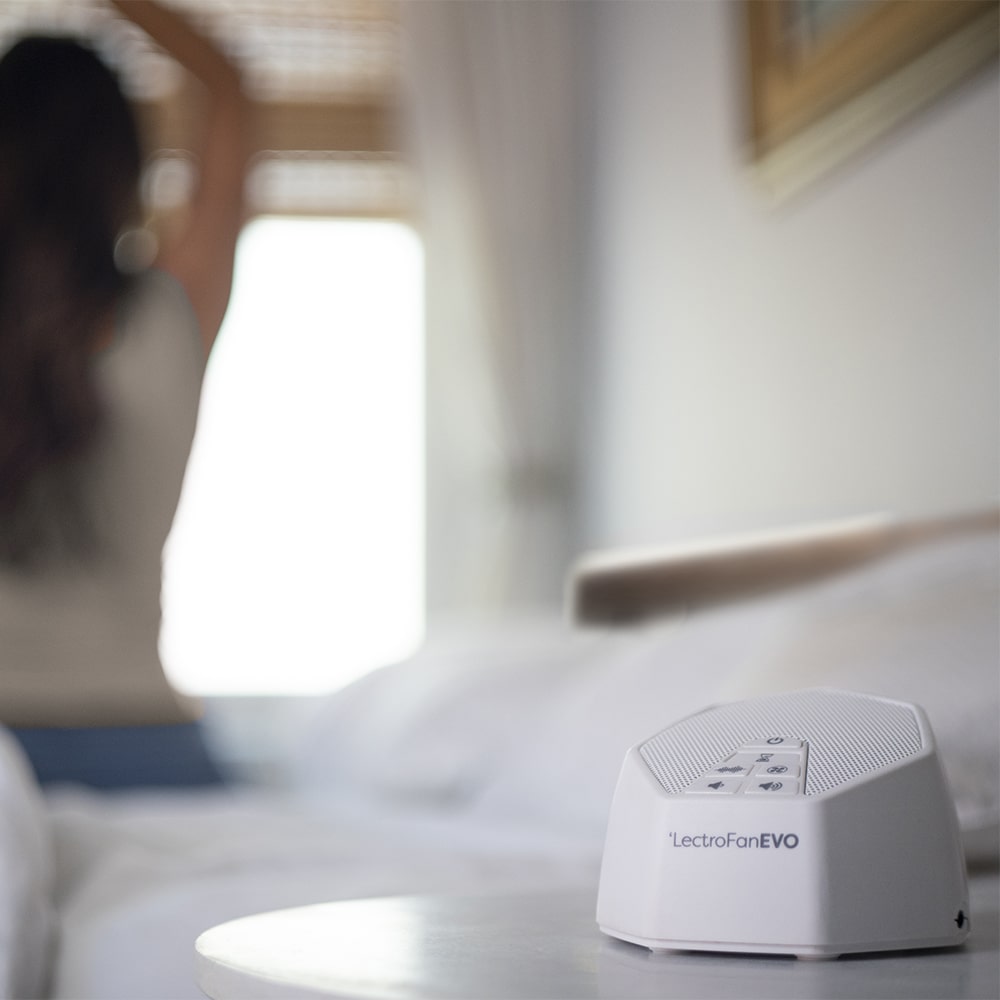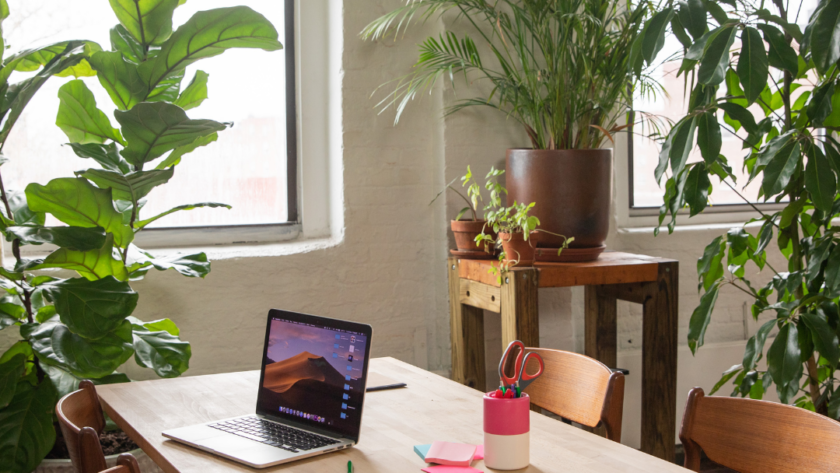Indoor plants are a vital part of successful interior design especially here at Shabby Chic Boho. Having greenery in indoor spaces livens up any room and is also known to have mood-boosting properties. Keeping plants indoors is also popular, given that they are not challenging to take care of, and give various health benefits that may be utilized with a range of indoor styles. There is also an excellent option for people that don’t have an abundance of garden space and for people that live in climates where the temperature is particularly cold. While you may go to a palm tree nursery to get your outdoor trees to spruce up the backyard, shopping for indoor plants is a little different. You have a lot to consider so that you can make the most of your indoor space but your outdoor plant choices should be reflective of the inside plants you choose.
If you have decided to get some plants for an indoor setting, this article will help you find everything you need to make sure they stay in top condition.
How Do You Define Indoor Plants?
Indoor plants are specific plants that are suited to growing indoors. There are a wide variety of plants that can be used for this purpose that work very well in indoor environments. The majority of the time, plants made for indoor use come with containers as standard, so you won’t need to plant them yourself. If you do, there are only two reasons why –
- In the event your plant grows too big, you’ll have to put it into a larger container
- If you’re looking to grow bulbs inside your home, then you’ll need to plant them yourself.
How Much Light Is Required To Grow Indoor Plants?
There are many things to look at when selecting a plant for growing indoors. The plant has to have a sound root system – this is very important when making your selection. It is not a good idea to take a plant from its pot to have a look at its roots. However, if the plant is small, this is something that shouldn’t harm it. Roots that are in good condition are very thick and have light colors to them.
The thickness of the foliage is an indicator of how healthy the plant is. Generally speaking, if you cannot see the foliage through, then it’s thick enough. Inspect the plant for signs of disease. Some of the symptoms are white dots or residue present on the leaves. The plant may also have a bad smell.
Which Plants Do Not Need Much Light?
Plants that do not require a lot of light are suitable for areas where finding a source of light is more scarce. Some of these plants I don’t need to lowlight include:
- Philodendron – This plant, in particular, is very common and doesn’t tend to attract pests. It is a very tough plant that can be adapted to many environments
- Devil’s Ivy – This plant is very colorful and has vibrant leaves. While it can survive in many environments, it does very well with little light or bright indirect beams
- Dracaena – this is another plant that has large green leaves. You may have to prune this plant as if its foliage can grow out of control
- Peace Lily – Peace Lily does very in a lesser light and has moist soil at its disposal that shouldn’t be overwatered. If you’re looking to have flowers on this plant, you should put it in a dark space.
Which Are The Best Plants For Growing Indoors?
Any plant that can thrive in low light and humidity is suitable for growing indoors. There is also less chance of them having to deal with pests. These kinds of plants won’t grow a lot – which is particularly beneficial, as you would not want plants indoors to grow fast. The best indoor plants include some of the following:
- Aglaonema – this is a beautiful plant that is good with low light and grows at a slower rate
- Aspidistra – does not need a lot of water and takes low levels of light very well – so much so that you can go on holiday without worrying about it
- Unique Species of Succulents – Beautiful plants, but need a lot of bright light
Caring For Indoor Plants
Here are some of the ways in which you can take care of your indoor plants –
- Make sure the soil in the pot is moist. Try and get an even balance, so that the soil isn’t too wet or too dry
- Make sure that there are drainage holes in the bottom of the pot
- Put your plant near a source of light; this can be natural light or artificial light.
- Do some research on what type of plan you have, so you know how to better care for it
Reasons For Indoor Plants Dying
There are a few reasons why your indoor plants might begin to deteriorate. These include watering them too much (or not enough), having too much or too little light, or just neglecting them. You want to invest in quality led lights to grow lights indoors. Growing with led lights ensures your plant investments stay healthy. With proper care, many indoor plants can last from 2 to 5 years. After this, they will more than likely stop thriving, after which it is better to put your money into a new plant.
Which Indoor Plants Help With Air Quality?
Houseplants can boost the quality of air. Though they all have air-purifying qualities, some of them do more good than others. These include –
- Red-edged Dracaena
- Weeping Fig
- Bamboo Palm
How Do Plants Affect Moods?
It’ll be a shock to some people how much having good having a plant indoors can be. Aside from cleaning the air, they can reduce levels of noise and keep people from getting stressed, especially in work environments. Pairing plants with a LectroFan EVO gives you peace and tranquility day and night. This small compact fan generates dynamic, realistic fan sounds, white noises, and ocean sounds to help block intrusive noises so they can fall asleep easier. You can purchase your LectroFan EVO at Walmart, Amazon, Bed Bath Beyond, and more.

How Much Do Indoor Plants Cost?
Indoor plants work well on the budget, just because they are quite affordable. Of course, the smaller plants cost less money. Purchasing plants from big retailers is not recommended, as they may try to sell you large plants for a low price. This isn’t as great of a deal as it may seem and can take more maintenance.
Which Plants Can Be Used In Smaller Living Areas?
If you have an apartment or a flat, you may want something ideal for a smaller living space. Some of the plants that are good for this are –
- Phildrens
- Succulents
- Hedra Helix
- Devil’s Ivy
- Golden Mosaic plant
Which Indoor Plant Fertilizer Is Best?
You can work out which fertilizer works the best for your plants by looking for fertilizer specially marked with ‘indoor plant’ on the packaging. For blooming plants, use a fertilizer that matches a specific species of plant.
How Do I Keep My Indoor Plants Bug Free?
Getting bugs on your plants can be very annoying. If you see a few pests, make your way down to your garden center and get hold of insecticidal soap. These are usually found in spray bottles. Check to see if there are any bugs present. Spray down the whole plant, including the underside and topside of the leaves, while not forgetting the stem. After this, give it two weeks and then do so again. Repeat the process once more. The reason this has to be done multiple times is that the soap will not get rid of eggs on the first try, which may then hatch. If the plant has a nasty infestation, you’ll have no choice but to get rid of the plant. You may also use damp paper towels to get rid of pests.
When Do I Water My Plants?
It can be easy to overwater your plants. You can use a soil probe to work out how much dry soil is underneath the surface. A moisture meter will also tell you how to dry your soul.
Try to lift your plant. The heavier it is, the more water it contains. The opposite signifies the plant needs to be fed. And If your plan has begun to wilt, is an indication that it is too dry.
Growing Your Indoor Plant Collection
Having a collection of indoor plants can be wonderful. Take care of them well, and you’ll find you have a flourishing indoor garden in no time at all.



